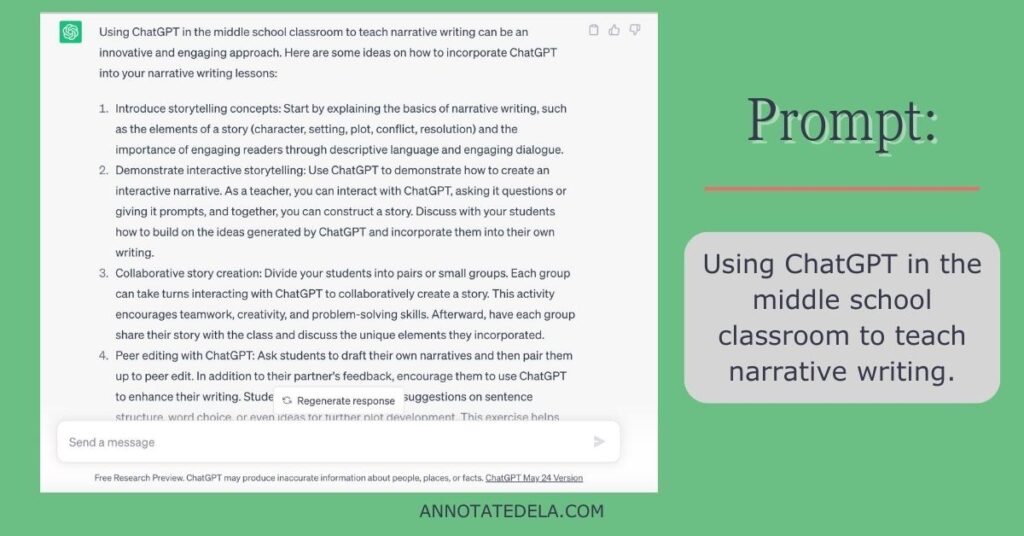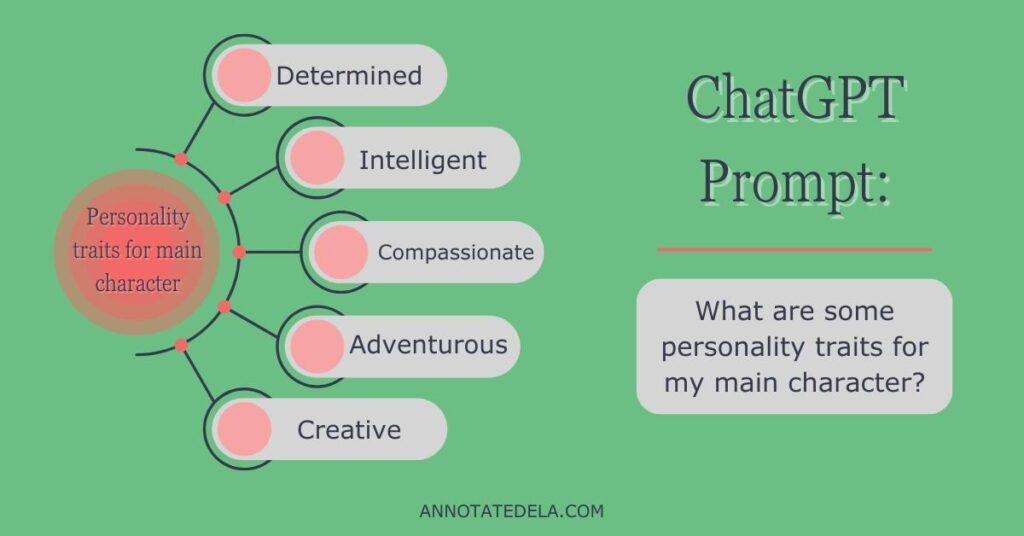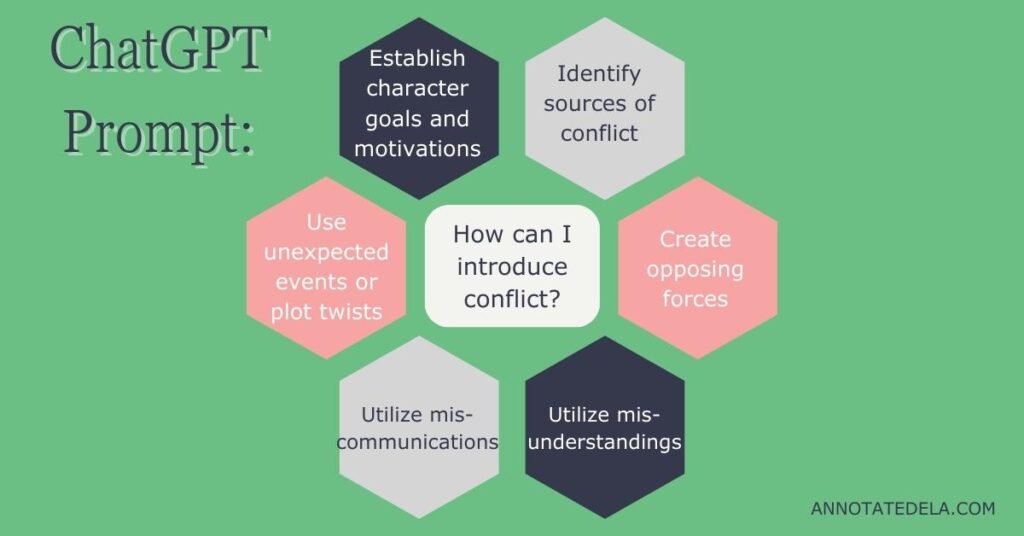Let’s talk about Chat GPT in the classroom and guiding students through using Chat GPT. Let’s start with my feelings about Chat GPT and AI writers.
Ignoring and intentionally avoiding any AI writer seemed like a good idea. I had no real reason other than I am old school and felt this technology would make writing and even thinking obsolete.
Sounds silly typing it out loud. This was a change I was not ready to make. Let me be clear, I love technology. I love trying all the new technology with my students. But, I still was stubbornly against any AI writer.
The chatter grew on Facebook among the teacher groups I was in, especially the high school teacher groups, because those kids didn’t waste time checking it out and using it.
This got me thinking. Do I want to make Chat GPT my friend or my foe? Of course, I wanted to be friends. I wanted to be ready for my students and help them use it to their advantage, not as a crutch.
And there it was; my real fear was that this would be a crutch, not a resource or tool. I caved and checked it out; I was impressed and mad at myself for waiting so long to try this tool.
I went to the source and asked ChatGPT about using ChatGPT in the middle school classroom to teach narrative writing, and here is what it had to say.
Remember, Chat GPT is just another resource, it is not meant to replace all the best practices already happening in your classroom!

Before Chat GPT: Introduce Students to the Concept of Narrative Writing
Shockingly, this lovely app’s first suggestion was to teach students about the elements of a story. For example, characters, setting, plot, conflict, and theme – NOT using Chat GPT.
The app also suggested using examples of different types of narratives and analyzing and evaluating the structure of the mentor texts.
Wow! That’s exactly what we do. I was surprised that the first suggestion was to help students understand narrative before using the tool. This put my mind at ease and I was ready to explore more.
Using Chat GPT for Brainstorming and Story Ideas
Now we get into using artificial intelligence. Have students use the app to brainstorm ideas for narratives. Or, use the technology to brainstorm writing ideas and share them with students as bell ringers or to keep in writer’s notebooks.
To gather story ideas, ask open-ended questions like, “Can you suggest interesting story ideas?” or “What would be a unique setting for a story?” Consider making the more specific by adding qualifiers, such as, “Can you suggest an interesting story idea for middle school students?”
Whatever prompts you and your students ask, spend time as a class discussing the responses and coming up with ideas that spark imagination or memories.
Using Chat GPT for Character Development
Chat GPT can also guide students in developing their characters and reinforcing what they learned about narratives and characters.
Consider having students engage with the app to brainstorm character traits, names, backgrounds, and motivations. Teachers can also brainstorm a list of character traits, names, etc, and have a reference sheet prepared for students to keep.
Ask questions like, “What are some personality traits for my main character?” or “Can you help me come up with a name for my protagonist?”
Don’t forget to discuss responses and guide students through using information that fits their story and ideas. Just because Chat GPT suggests an idea, does not mean it is beneficial.

Using ChatGPT for Plot and Conflict
ChatGPT helps students explore and reinforce ideas for plot and conflict by asking for suggestions on introducing conflict.
The technology can help students discover how to build tension or how to reveal a change in a character. Encourage students to seek advice on plot twists or ways to keep readers hooked.

Using ChatGPT for Writing Dialogue
Utilize ChatGPT to provide writing prompts related to narrative writing. Students can ask for prompts like “Write a dialogue between two characters” or “Describe a suspenseful scene.”
Remind students to converse with ChatGPT to practice writing realistic dialogue and get inspiration for their own stories. Teachers can also use the app to prepare examples of dialogue.
Using ChatGPT for Peer Review and Feedback
As students share their written work with peers and the teacher, they can also seek feedback from ChatGPT. Students can copy and paste their narratives, or excerpts from their narratives, into ChatGPT and ask for feedback.
Students can ask for suggestions on improving descriptions, pacing, character development, dialogue, and more. Consider having a revision and editing reference sheet or checklist so students can be specific with requests for feedback.
Nothing compares to having a conference with the students and ensuring they grasp the lessons and ideas surrounding narrative writing.
Using ChatGPT for Editing
ChatGPT can support students on the mechanical side of writing too. Students can ask for help on sentence structure, grammar, word choice, spelling, and punctuation.
However, there is no substitute for a second or third pair of eyes on their writing and a discussion with the teacher. Technology has limitations, one of those limitations is that it is not human.
Remind students to have people check their writing and to listen to their internal creative writer.

ChatGPT’s final thoughts were this, “It’s important to note that while ChatGPT can provide valuable assistance, it’s crucial to encourage students’ creativity and originality in their writing. Remind them to use ChatGPT as a tool and to develop their unique storytelling voices.”
I couldn’t agree more. Students must maintain their voices and ideas because they are unique individuals with unique experiences to share.
Strong mentor texts and intentional prompting can do everything that ChatGPT does. Keep rocking all the great things already happening in your classroom. This article is meant as a guide for students using this tool as a crutch. It’s essential that we guide them in the best use of a tool.
I implement tech-free days, and we do most of our writing by hand. However, I find this technology fascinating, and I want to prepare prompts and ideas for the best way to utilize this with my students.
I am in no way affiliated with, nor am I promoting Chat GPT. I am preparing to guide my students to use this technology.




2 Responses